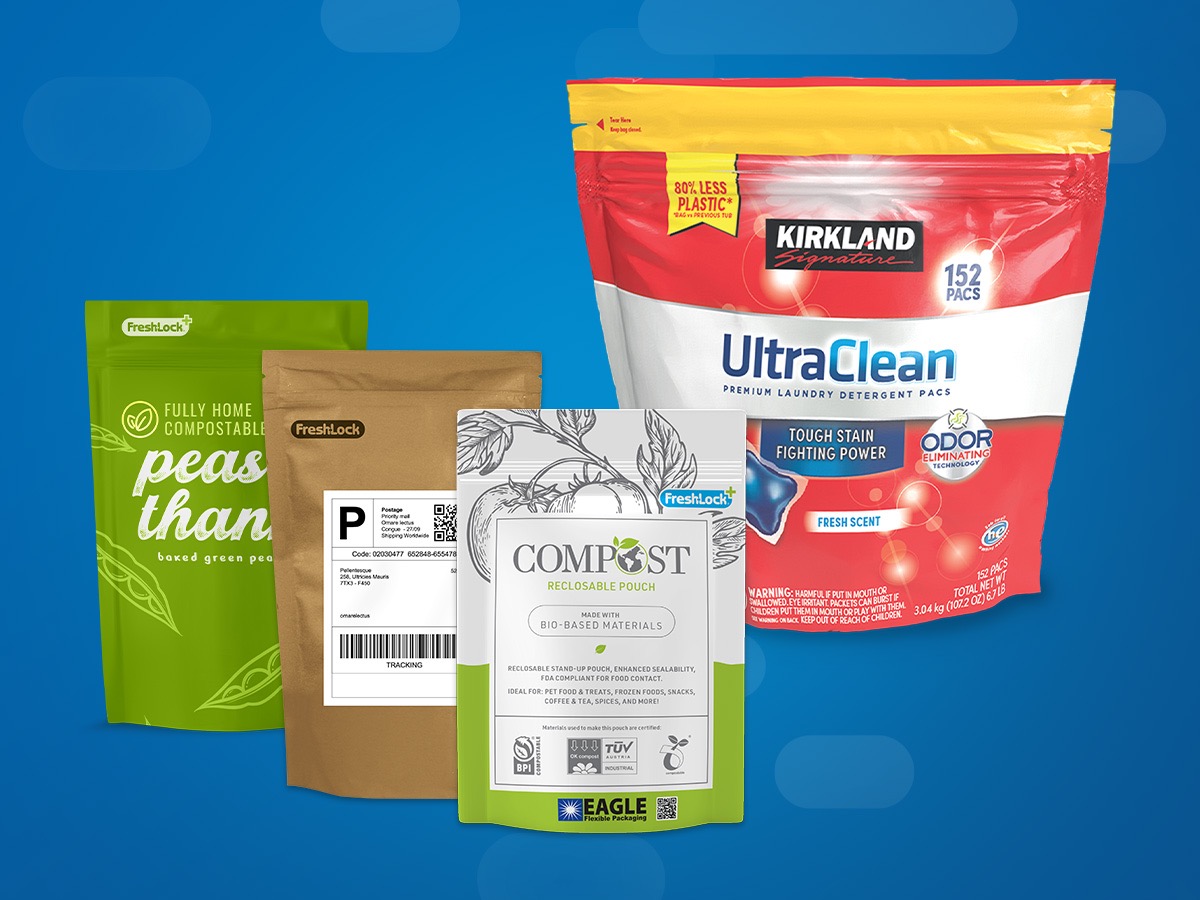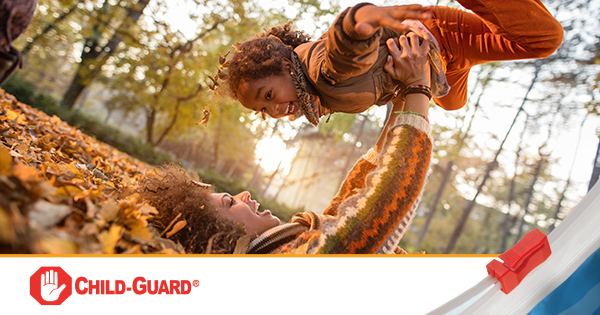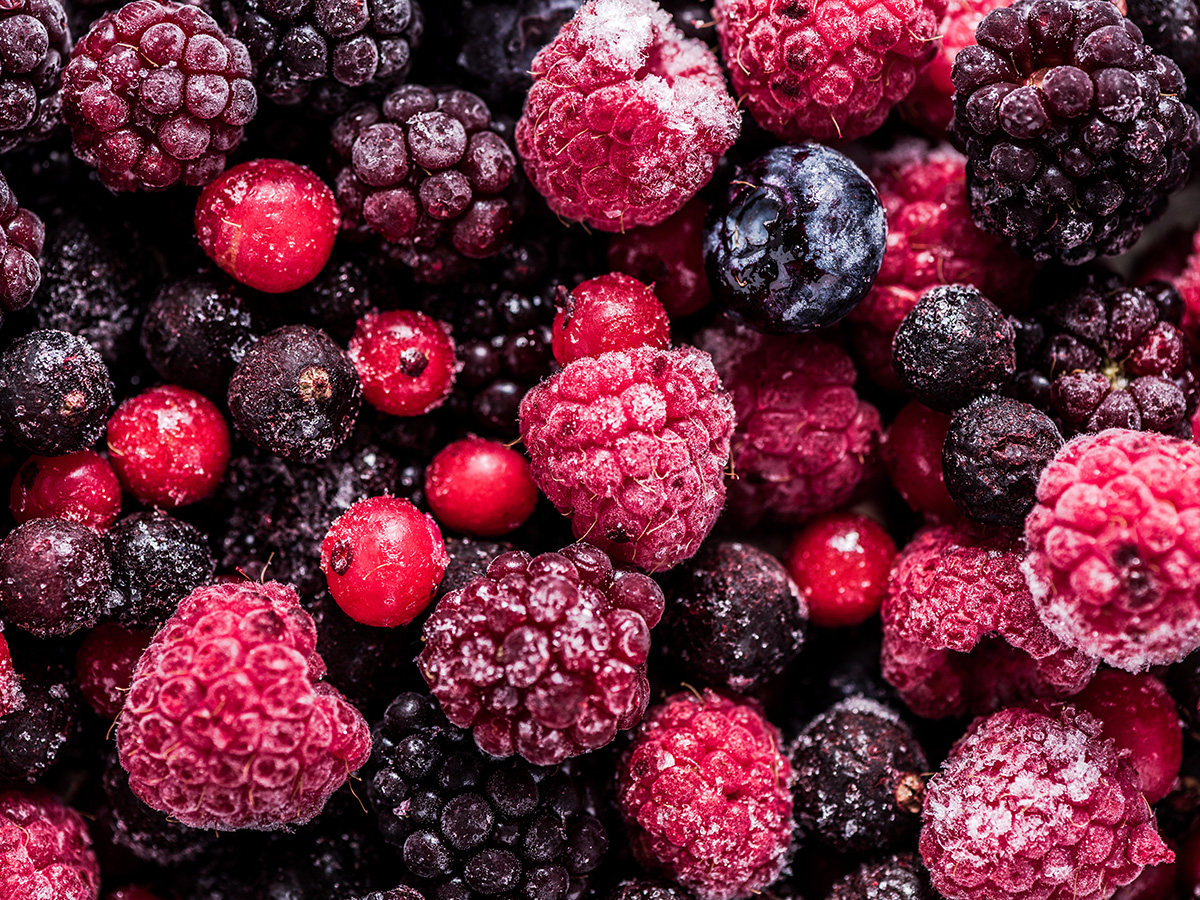
Autumn Safety for Kids
Every season comes with certain fun activities to enjoy with the whole family. Each season, however, can come with its own safety risks. As you enjoy the beauty of fall and everything it entails, take extra precautions to keep your family safe. From having fun outdoors to household chores, here are seven important safety tips for fall.
1. Stay Safe in Leaf Piles
As the leaves change color, you’ll be busy raking while your kids are busy jumping!
Leaping into leaf piles is one of childhood’s simple joys and a great way to make family memories. However, parents should remind kids to avoid piles of leaves and yard waste that are out on the curb, as children playing too closely to the road are in danger of getting hit by a car.
Other potential concerns with leaf piles are jumping onto sharp objects or even animals that could be hiding in the pile. In addition, parents of children with asthma and fall allergies (such as mold) should also be aware that playing in the leaves could irritate those conditions.
2. Pool Closing Safety
For many parts of the country, the end of summer means it’s time to close the pool. Pool owners should ensure the area is as safe as possible, including using a pool safety cover, removing toys from the area, having secure fencing with a gate, taking down portable pools, and installing a pool alarm.
Properly storing pool chemicals is another important safety step. Pool chemicals need to be placed out of reach from children, close the container or packaging, and products should stay in a locked cabinet.
3. Fall Season Safety on the Road
Drivers, bicyclists, and pedestrians should all be aware of how the changing seasons affect road safety. As we move towards the fall and winter seasons, less daylight means it will be difficult for motorists to see kids walking home from school or riding bikes in the street. Parents should purchase backpacks and jackets with reflective material to help your little ones be seen.
For drivers, a good pair of sunglasses is a necessity. Because the sun is lower this time of year, it can cause windshield glare during peak driving hours as the sun rises and sets. Also, don't look directly into oncoming traffic lights when driving at night.
It’s also time to be extra cautious to animals crossing the road. Pay attention to deer crossing road signs, especially while driving during dusk and dawn—the highest-risk times for hitting a deer. Bonus tip: never slam on the brakes and avoid swerving. The sudden movement could scare a deer and cause it to run into oncoming traffic, damaging other vehicles.
4. Halloween Safety
Trick-or-treating is a blast for kids, but it also presents a few safety risks.
If you have young children, a walk around your neighborhood is a good opportunity to teach them about pedestrian safety and the rules of the road, from looking both ways to using crosswalks and obeying traffic signals.
If your child is wearing a costume with dark colors, consider adding some reflective tape to improve visibility. Giving kids flashlights or glow sticks is a fun way to make them more noticeable and help them see where they’re going.
Costumes that are too long may cause trips and falls, and masks may impact children’s sight. Ensure costumes are the right length and consider choosing face paint instead of masks. Get more Halloween safety tips from Safe Kids Worldwide.
5. Change Smoke Alarm Batteries
Along these other fall home safety tips, it’s common advice to replace the batteries in your home’s smoke alarms whenever we change the clocks—twice a year. Additionally, you should purchase new smoke alarms at least once every 10 years.
It’s always a good time to review fire safety tips with your family. That includes understanding the danger of playing with matches and lighters, learning how to stop, drop, and roll, as well as talking about the fire evacuation plan for your home. For more home fire safety tips, visit The American National Red Cross.
6. Bonfire Safety
Campfires are a fun way to spend family time during the fall season. As a parent, it’s your job to make sure everyone plays it safe. First and foremost, never leave your campfire unattended and choose a site at least 15 feet away from other objects.
People should wear non-flammable clothing and hard-soled shoes around the fire. Avoid using dangerous accelerants like lighter fluid or gasoline; instead use paper and kindling to start your fire. At the end of the night, spread the coals around or shovel dirt over the fire to extinguish it. Get more campfire safety tips from SmokeyBear.com.
7. Lawn & Garden Chemical Safety
Along with all the festive fall activities comes yard work and chores. Besides raking the leaves, you’ll also most likely clean out your home’s gutters. The Mr. Handyman website has tips to keep you safe during gutter cleaning, but you should also keep kids from climbing on ladders.
Keeping your lawn in good condition requires fertilizing and putting down other chemicals such as herbicides and pesticides. Before you apply these products, remove your children and pet’s toys from the area and instruct them to stay off the lawn until it’s safe.
Store Chemicals Safely with Child-Resistant Closures
Products like pool chemicals, herbicides, pesticides, and fertilizer will likely be kept in your garage or a storage shed. As a parent, it’s your responsibility to make sure these items are placed out of reach from small children.
Another safety precaution that helps keep kids safe is child-resistant packaging. As more products are being sold in reclosable flexible packaging, the child-resistant Child-Guard® slider has emerged as a way to add an extra layer of protection. The innovative closure requires an additional step that has been tested to ensure it is difficult for children five years of age and younger to open. This helps prevent accidental exposures and poisonings among children.
Look for Child-Guard® sliders on flexible packaging for laundry products, household cleaners, medicines, and more. What would you guard with Child-Guard® closures? Tell us on Facebook how you think it can help keep kids safe.
This article was originally published on 10/26/2016 but updated and republished on 10/10/2022.

 Back to Blog
Back to Blog


